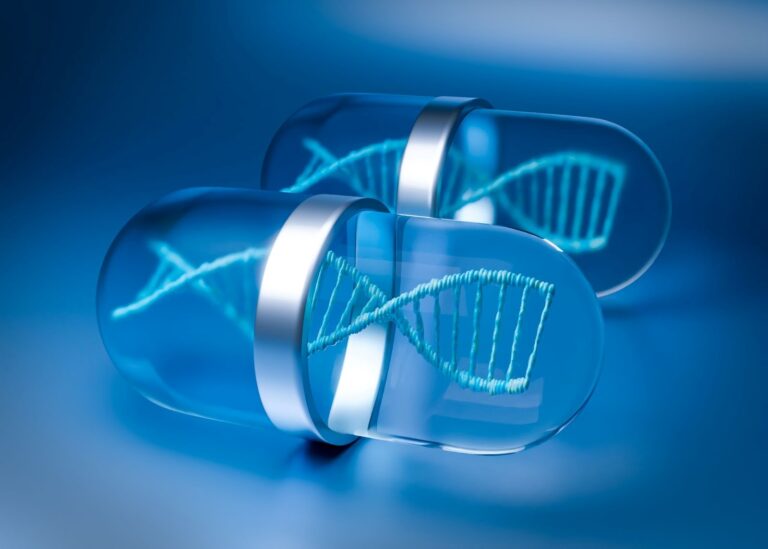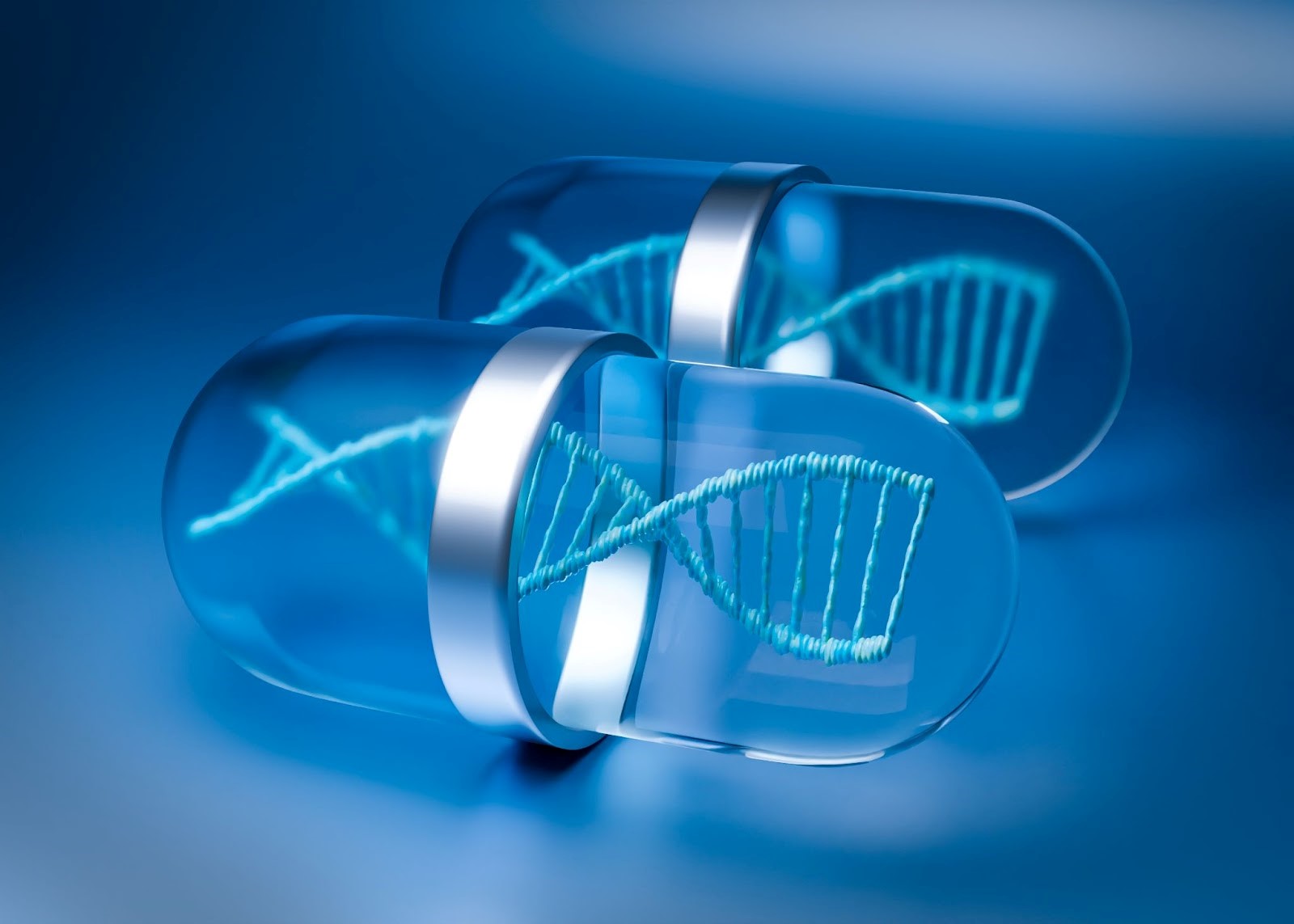For years, drug discovery focused on well-understood targets like enzymes and receptors, leaving many complex proteins, like transcription factors, labeled “undruggable.” But that’s changing. New approaches are making these targets accessible.
PROTACs are a breakthrough in this area. Instead of blocking proteins, they tag them for destruction, using the body’s waste-disposal system to eliminate harmful proteins—showing promise for tough diseases like cancer and neurological disorders.
RNA therapies, like siRNA and mRNA, tackle diseases at the genetic level, correcting faulty genes before they even produce harmful proteins. The success of mRNA vaccines during the COVID-19 pandemic has fueled wider interest in this approach.
Molecular glues are another innovation. These small molecules help proteins interact in specific ways, enabling the targeting of previously off-limits biological processes.
All of this is powered by multi-omics data and AI, which help scientists understand disease better and speed up drug development. The idea of “undruggable” diseases is quickly becoming outdated, and with these new tools, almost any target is now within reach.





